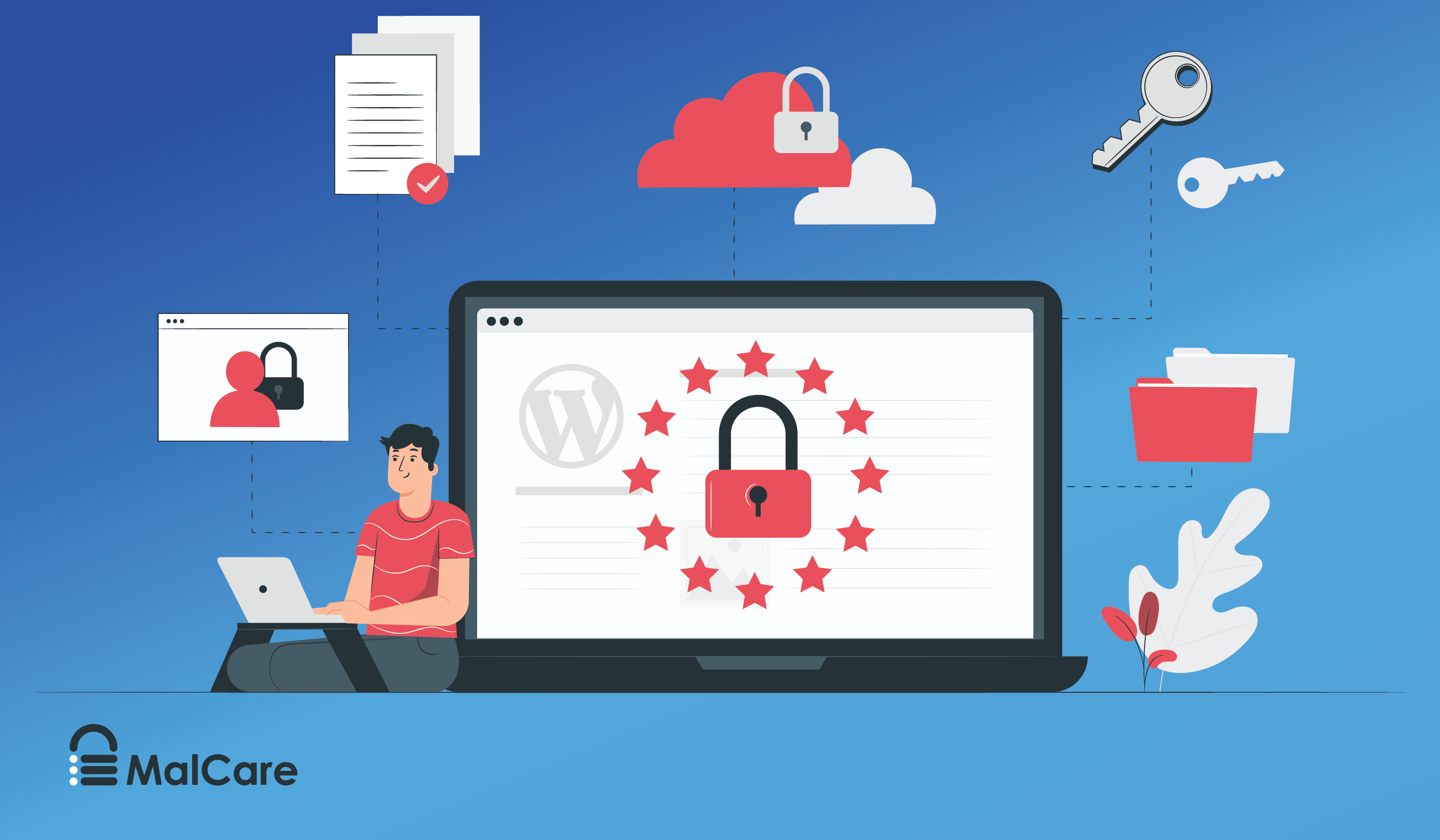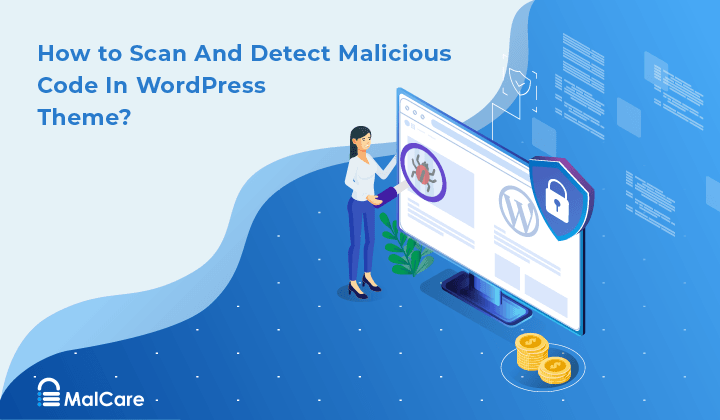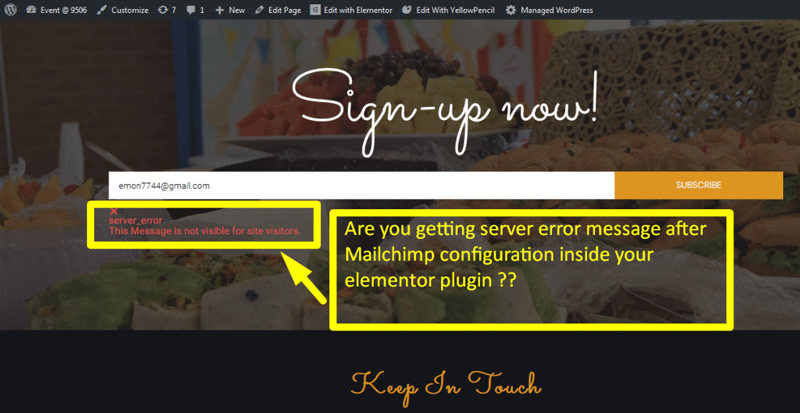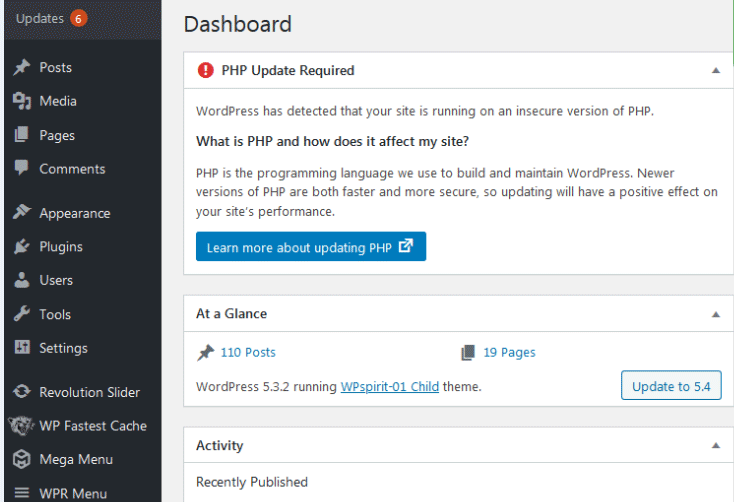Adwords Malware WordPress Plugin – Introduction
The Adwords Malware WordPress plugin helps detect and remove malware from your site. It ensures your ads perform optimally.
Protecting your WordPress site from malware is crucial for maintaining your site’s performance and credibility. The Adwords Malware WordPress plugin specializes in identifying and eliminating malicious code that could harm your site or disrupt your ad campaigns. With the increasing number of cyber threats, having a reliable tool to safeguard your online presence is essential.
The plugin offers real-time monitoring, ensuring that any potential threats are swiftly addressed. Easy to install and user-friendly, it provides an extra layer of security. Maintaining a clean and secure website not only helps in protecting your data but also enhances user trust and overall site performance.
Introduction To Adwords Malware
Adwords Malware is a harmful software. It targets online ads. It can steal personal data. It can also harm your site. Hackers use it to make money. They hijack your ads. They change your ad content. They can also redirect users to bad sites. This malware is tricky. It can hide well. It is hard to find. It can damage your online reputation.
WordPress sites are at risk. Adwords Malware can infect them. Your site can get blacklisted. Visitors will avoid your site. Your SEO ranking can drop. It can slow down your site. You may lose revenue. Cleaning it can be costly. Regular checks are important. Always use trusted plugins. Keep your site updated. Protect your site from hackers.
Signs Your Site Is Infected
Strange ads may show up on your site. These ads can appear on pages where they never did before. Your visitors might see pop-ups that are hard to close. Many of these ads link to suspicious sites. Clicking them can harm your computer. These ads can also change your site’s look. The design may seem broken or different. This is a clear sign of a problem.
Your site may become very slow. Pages might take a long time to load. Users could get frustrated and leave. The malware uses your site’s resources. This slows everything down. Site speed is important for good user experience. A slow site can hurt your search rankings. This will reduce your traffic and revenue.
Risks Of Ignoring Malware
Malware can steal your personal data. Hackers can access your emails and passwords. Bank details can also get stolen. Your private information is at risk.
Stolen data can be sold on the dark web. Identity theft can happen. You may lose money and trust. Protect your data from malware.
Search engines punish websites with malware. Your site may drop in rankings. Users might stop visiting your site. Traffic will decrease.
Malware can cause your site to be blacklisted. This will harm your reputation. Fixing these issues can be time-consuming. It’s better to stay safe.

Credit: wordpress.org
Choosing A Security Plugin
Selecting the right security plugin is crucial for protecting your site. Adwords Malware WordPress Plugin effectively shields your website from malicious attacks, ensuring a safer online presence. Enhance your website’s security with this reliable and efficient tool.
Features To Look For
A good security plugin must offer real-time protection. It should scan for malware and vulnerabilities. The plugin must also provide firewall protection. Automatic updates are essential to keep your site safe. Look for a plugin with user-friendly interface. It should also offer customer support to help you. Make sure it can backup and restore your site. Two-factor authentication is a great added security feature.
Top Recommendations
| Plugin Name | Key Features |
|---|---|
| Wordfence | Real-time protection, firewall, and malware scanning |
| Sucuri | Firewall, malware scanning, and customer support |
| iThemes Security | Two-factor authentication, backups, and user-friendly interface |
Installing The Plugin
Easily secure your website by installing the Adwords Malware WordPress Plugin. Safeguard your site from malicious threats in just a few clicks. Enhance your site’s security and protect user data effortlessly.
Step-by-step Guide
First, download the plugin from the official website. Next, open your WordPress dashboard. Go to the Plugins section. Click ‘Add New’. Then, choose the ‘Upload Plugin’ option. Select the downloaded file. Click ‘Install Now’. Once installed, click ‘Activate’. The plugin is now ready.
Configuration Tips
Open the plugin settings. Enable real-time scanning. Set up automatic updates. Configure email alerts for suspicious activities. Add safe IP addresses to the whitelist. Regularly check the scan reports. Adjust the sensitivity settings as needed.
Regular Site Maintenance
Regular site maintenance with the Adwords Malware WordPress Plugin ensures your website remains secure from malware threats. Protect your online presence and maintain optimal performance effortlessly.
Updating Plugins And Themes
Always update plugins and themes to the latest version. This helps in fixing bugs and vulnerabilities. Older versions can have security holes. These holes can be exploited by malware. Set up automatic updates if possible. This saves time and ensures safety. Check for updates weekly if not automated.
Scheduled Security Scans
Run scheduled security scans to detect malware early. Use trusted security plugins for this task. These plugins scan your site for threats. Schedule scans to run daily or weekly. Regular scans help in early detection of malware and vulnerabilities. This keeps your site safe and secure. Always review scan results for any issues.
Responding To An Attack
Disconnect your site from the internet. This stops further damage. Next, notify your hosting provider. They can help you investigate the issue. Change all passwords to strong, unique ones. This includes your admin, database, and FTP passwords. Scan your site using a trusted malware scanner. Remove any suspicious files found. Finally, inform your users about the breach. Keep them updated on the steps you are taking.
Ensure your backup is recent and clean. A clean backup is free of malware. Restore your website from this backup. Follow the steps provided by your hosting provider. Once restored, scan your site again. This ensures no malware remains. Update all plugins and themes. Use the latest versions to protect against vulnerabilities. Keep regular backups to avoid future issues.

Credit: www.malcare.com
Best Practices For Future Protection
Use a combination of letters, numbers, and symbols for passwords. Avoid using common words or easy-to-guess sequences. Each account must have a unique password. Change passwords regularly to maintain security. Encourage users to use a password manager. This helps in creating and storing strong passwords.
Educate users about the importance of security. Share tips on recognizing phishing attempts. Teach them to avoid clicking on suspicious links. Show them how to report any security concerns. Provide regular updates on security practices. Make sure everyone understands the risks and how to avoid them.

Credit: www.malcare.com
Best Malware Removal Tool WordPress: Protect Your Site Today
Frequently Asked Questions
How To Remove Malware From WordPress Plugin?
To remove malware from a WordPress plugin, update all plugins, scan with a security plugin, and delete infected files.
Which WordPress Plugin Scans Malicious Code?
The Wordfence Security plugin scans for malicious code. It provides real-time threat detection and firewall protection.
How Do I Scan My WordPress Site For Malware For Free?
Use a free plugin like Wordfence or Sucuri to scan your WordPress site for malware. Install, activate, and run a scan.
How To Detect Malware On WordPress?
Use security plugins like Wordfence or Sucuri. Scan your site regularly for suspicious files. Check for unfamiliar admin users. Review your website’s traffic for unusual spikes. Monitor core files for unauthorized changes.
Conclusion
Protecting your WordPress site from AdWords malware is crucial. Use reliable plugins to safeguard your online presence. Regular updates and vigilant monitoring help maintain security. Invest time in learning best practices to prevent future threats. Secure your site and ensure a safe browsing experience for your visitors.


